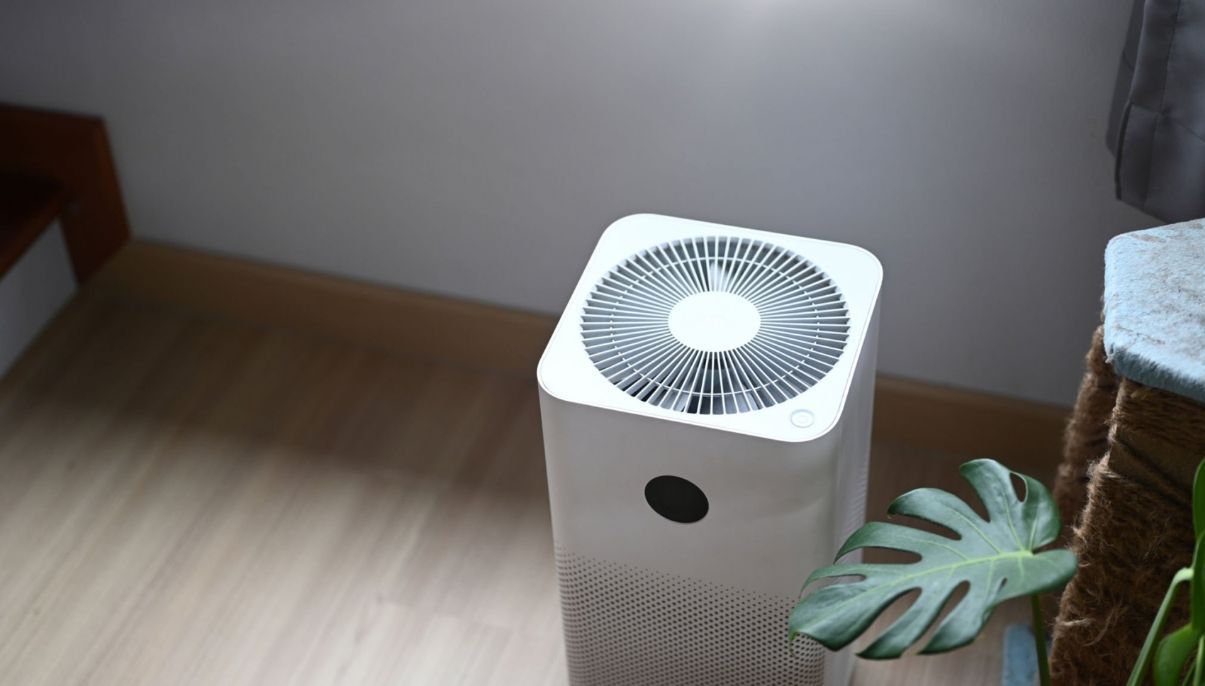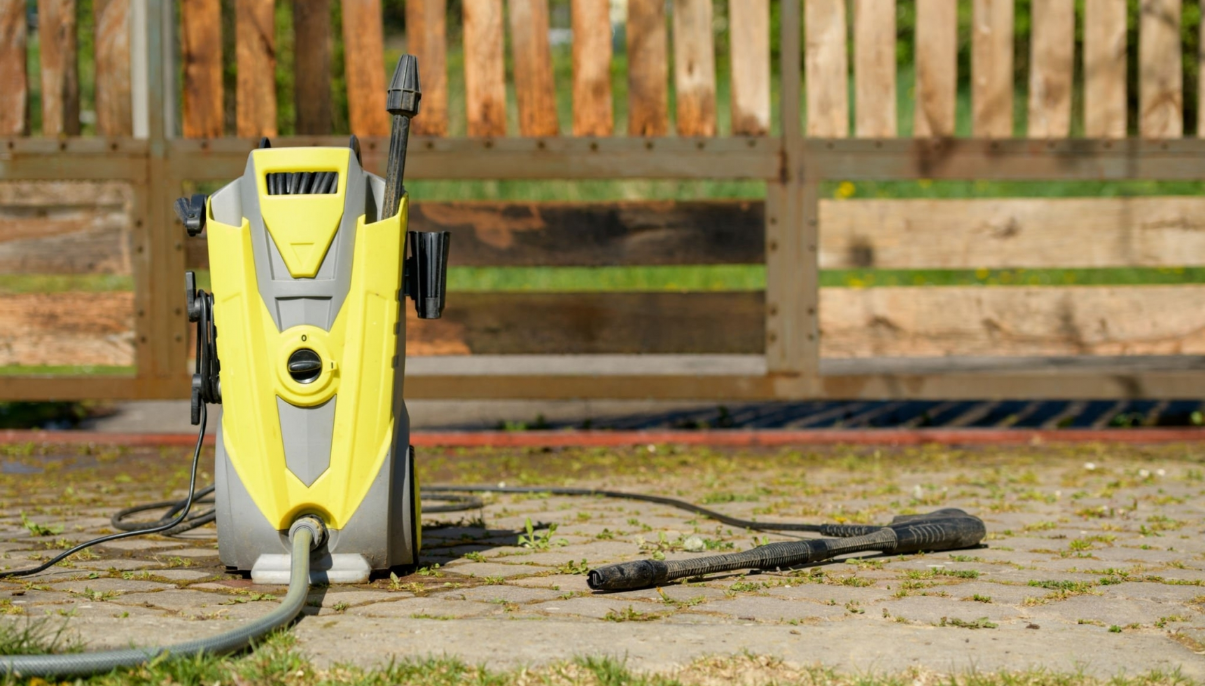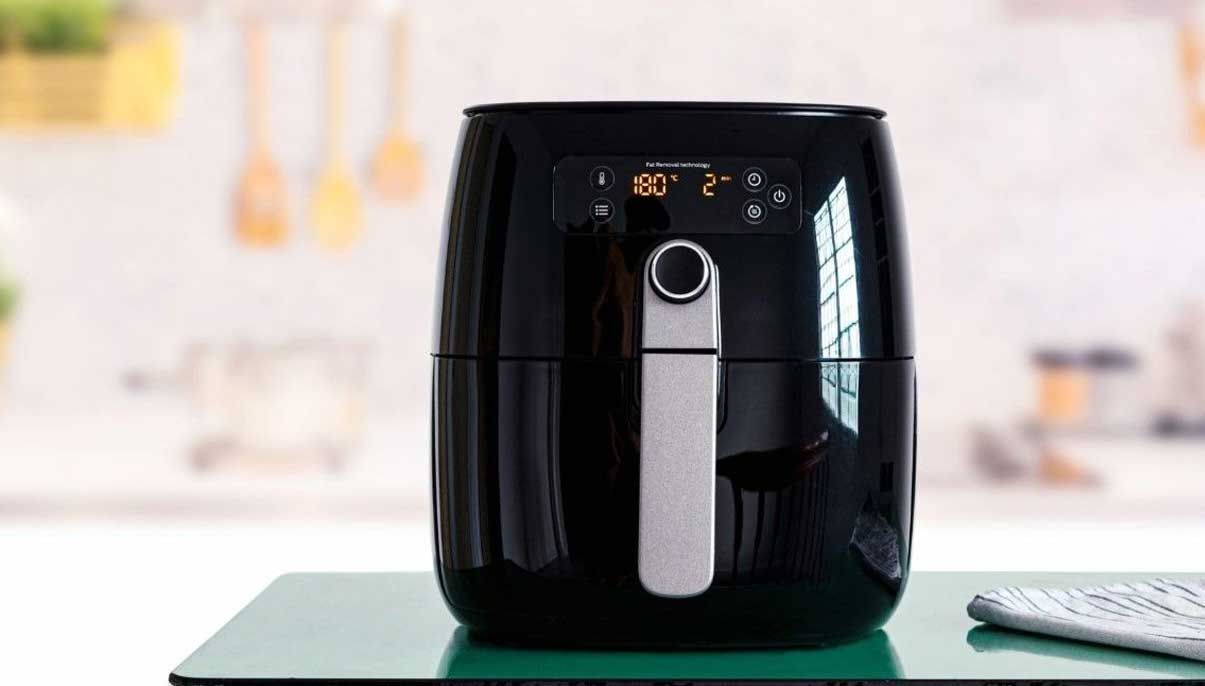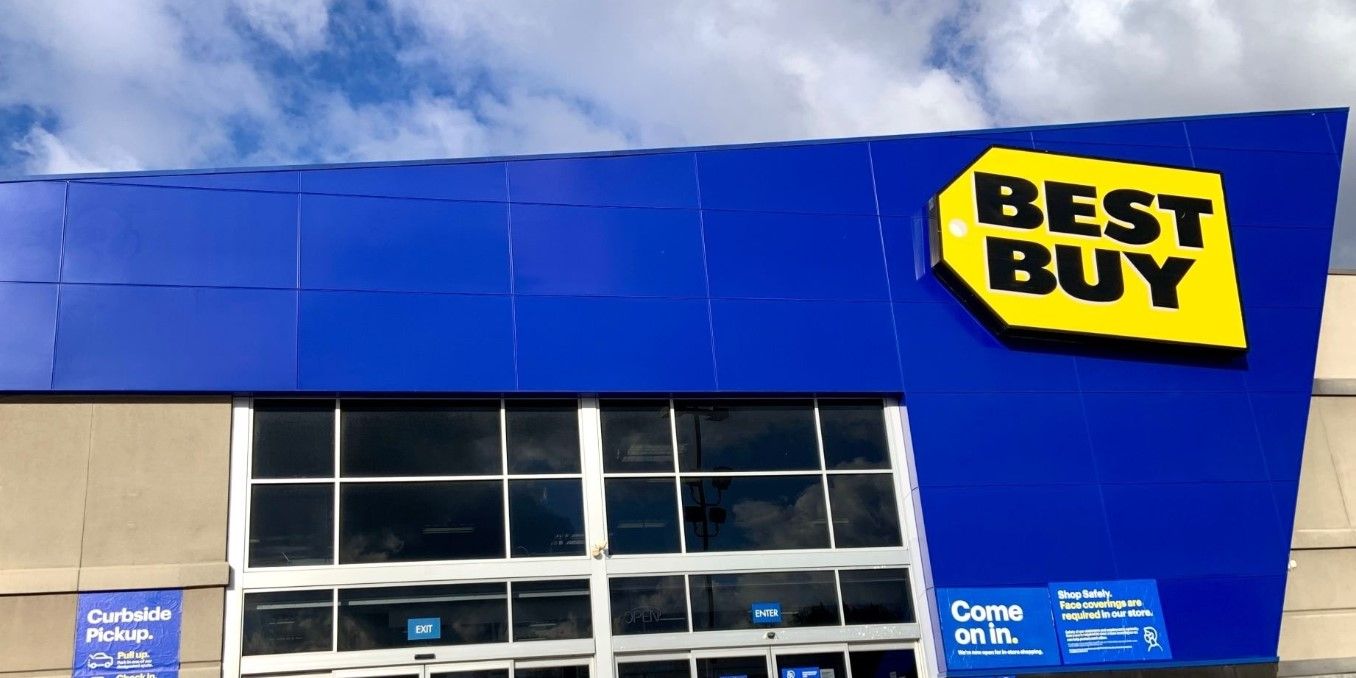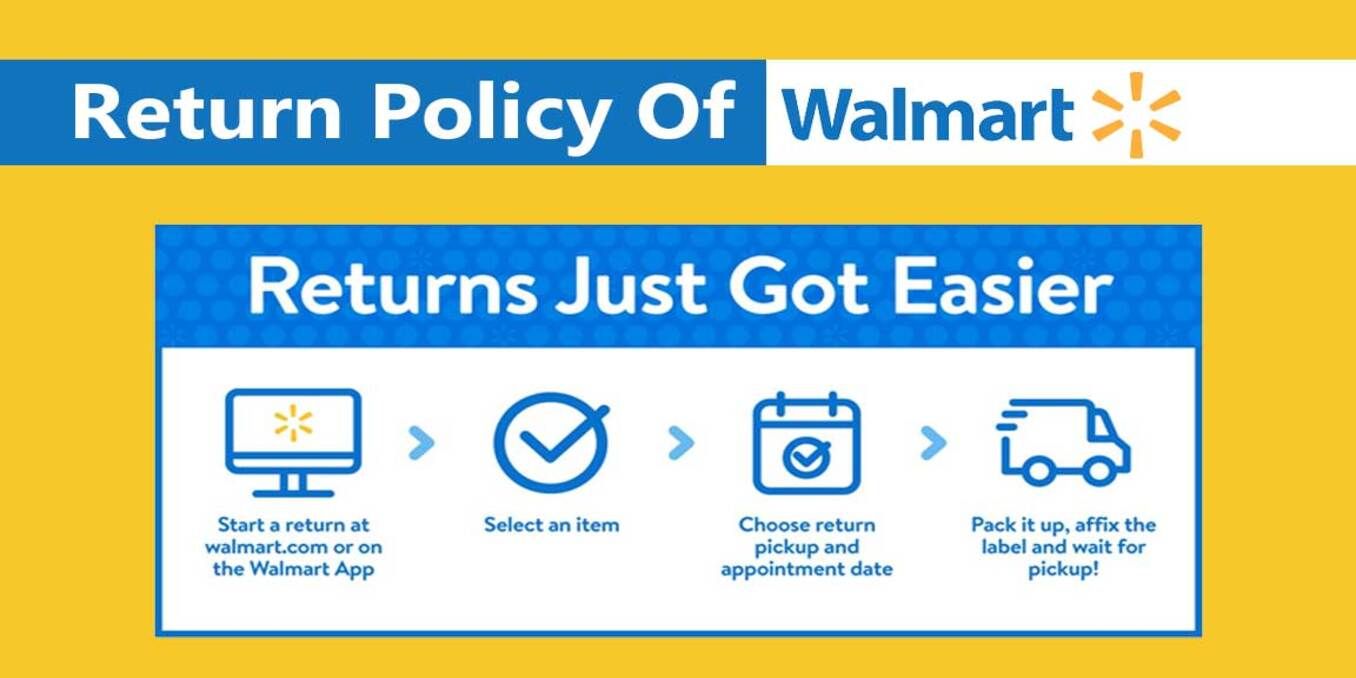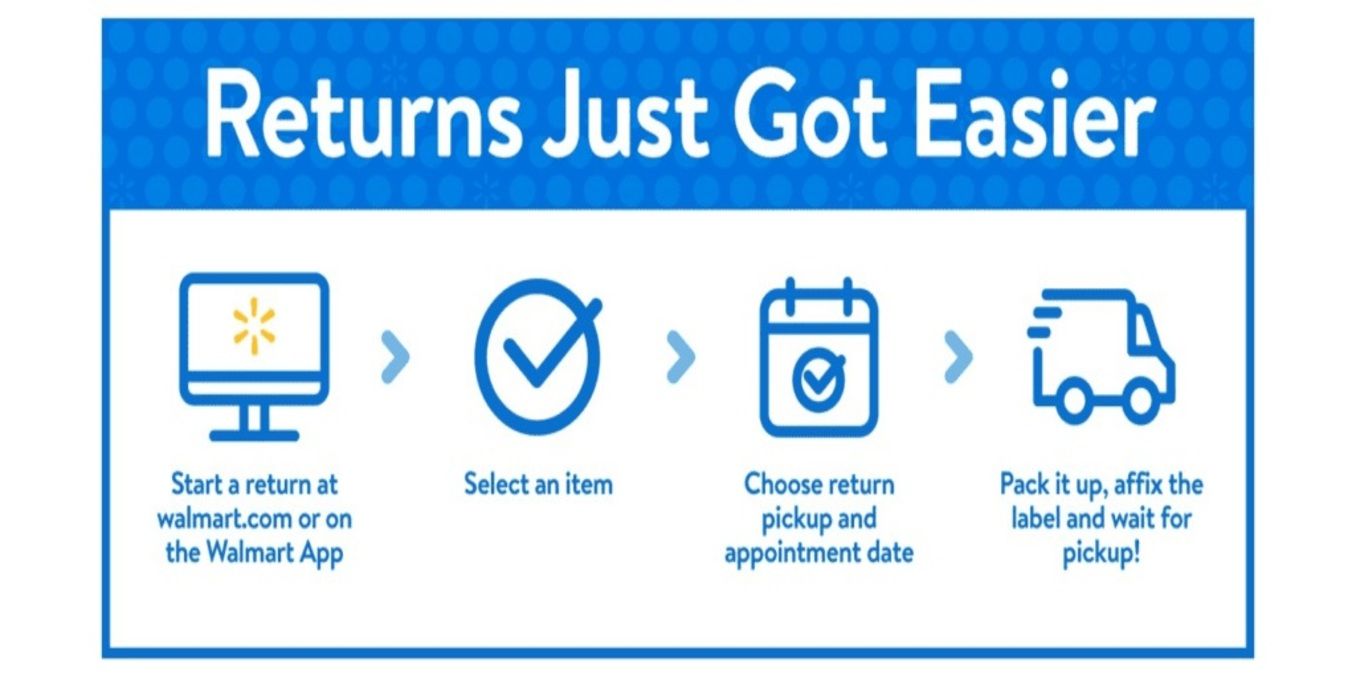Amazon Return Pallets 101: A Beginner's Guide to Profits
Amazon return pallets are boxes of items that customers have returned to Amazon. You can buy them from RetailCoupons.com at a fraction of their original price.
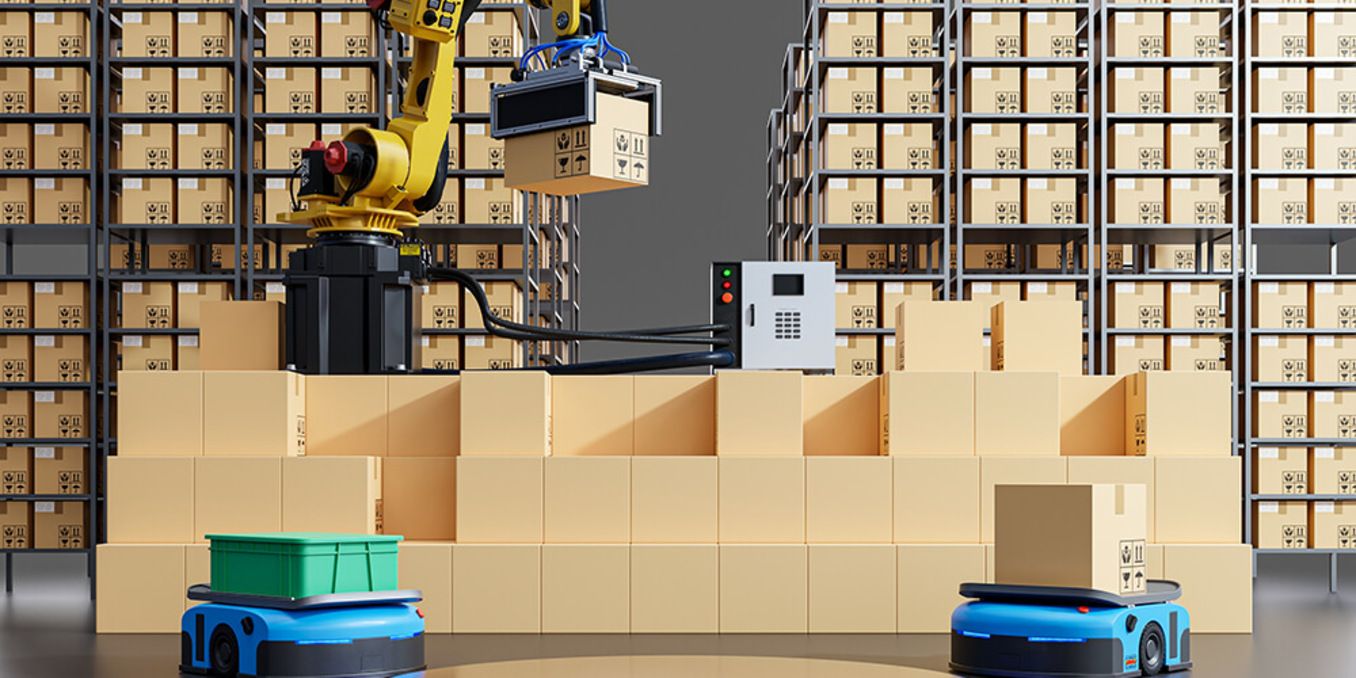
If you are looking for a way to save money on online shopping, you might be interested in buying Amazon return pallets. These are boxes of items that customers have returned to Amazon for various reasons. They could be damaged, defective, unwanted, or simply not as described. In this article, we will show you how to buy Amazon return pallets from RetailCoupons.com and what to expect from them.
1. What are Amazon Return Pallets?
Amazon return pallets are large wooden crates that contain hundreds of items that have been returned by customers. These items can range from clothing and electronics to books and toys. Amazon does not inspect, repack, or relist these items, as it would be too costly and time-consuming. Instead, they sell them in bulk to liquidation companies, who then sell them to individual buyers or resellers.
Amazon return pallets typically cost between $300 and $400. Prices vary because most of the pallets are sold via an auction. Keep in mind that once you purchase an Amazon pallet, you will most likely have to pay for shipping on top of that price. Shipping costs depend on the size and weight of the pallet, as well as the distance from the warehouse to your location.
There are several websites that offer Amazon return pallets for sale. Some of them are direct liquidation outlets for Amazon, while others are third-party liquidators that source their inventory from various retailers. Here are some of the most popular sites to buy Amazon return pallets:
- Bstock.com: Bstock.com is one of Amazon's direct liquidation outlets. On their site, you can find individual items, pallets, and even truckloads of returned goods. Find an auction and make your bid to purchase bulk items all at once. Bstock.com also offers returned goods from Dell, Macy's, Sears, and more. They also grade their goods from A-D: A being the best quality, and D being the worst quality.
- Liquidation.com: Liquidation.com is another one of Amazon's direct liquidation sellers. You can purchase pallets or truckloads of returned products, all purchased by bids that you make via online auction. Liquidation.com has several warehouses across America, so it's likely that you'll get your goods fast. They also sell returns from Walmart, Target, Wayfair, Sony, and more.
- MartHill.co.uk: If you live in the UK, Mart Hill is the best way to buy returned Amazon products. On their site, you can sort by category to find pallets of returned goods. Unfortunately, Mart Hill does not separate their goods by retailer, so there's no way to know which products are coming from Amazon and which products are coming from other retailers. Mart Hill mostly sells return pallets via auction.
- Gemwholesale.co.uk: Another UK liquidation site, Gem Wholesale is a way to find pallets of returned goods. They sell both customer returns and surplus stock from various retailers, including Amazon. You can buy pallets or parcels of mixed goods by category or brand.
Buying Amazon return pallets can be a great way to get a lot of products for a low price. However, there are some risks and challenges involved as well. Here are some factors to keep in mind while purchasing Amazon return pallets:
- Condition: The condition of the items in the pallet can vary widely. Some items may be new or like new, while others may be damaged or defective. You may not know the exact condition of the items until you receive them and inspect them yourself. Therefore, you should always expect some degree of loss or waste when buying return pallets.
- Manifest: A manifest is a list of items that are included in a pallet. Some liquidators provide manifests for their pallets, while others do not. A manifest can help you estimate the value and potential profit of a pallet before you buy it. However, a manifest may not be accurate or complete, as some items may be missing or mislabeled.
- Competition: Buying Amazon return pallets can be very competitive, especially on popular sites like Bstock.com or Liquidation.com. You may have to compete with other bidders who are willing to pay more than you for a pallet. You may also have to compete with other resellers who are selling similar products in your market.
- Storage: Buying Amazon return pallets means that you will need a lot of space to store them until you sell them. You may need a warehouse, a garage, or a spare room to keep your inventory safe and organized. You may also need equipment like shelves, boxes, and labels to sort and pack your items.
- Shipping: Shipping is one of the biggest expenses when buying Amazon return pallets. You will have to pay for the delivery of the pallet from the liquidator to your location. You will also have to pay for the shipping of the individual items to your customers. Shipping costs can vary depending on the size, weight, and destination of the items. You should factor in these costs when calculating your profit margin.
Selling Amazon return pallets can be a profitable and rewarding business venture. However, it also comes with some pros and cons that you should consider before you start. Here are some of the advantages and disadvantages of selling Amazon return pallets:
Pros
- Low cost: Buying Amazon return pallets can be a cheap way to acquire a lot of products that you can resell for a higher price. You can often find pallets that have a retail value of thousands of dollars for only a few hundred dollars.
- High demand: There is a high demand for online shopping, especially during the pandemic. Many people are looking for bargains and discounts on various products. You can cater to this demand by offering quality products at affordable prices.
- Variety: Buying Amazon return pallets can give you access to a wide variety of products that you can sell in different markets and niches. You can find products from different categories, brands, and styles that appeal to different customers.
- Flexibility: Selling Amazon return pallets can give you a lot of flexibility in how you run your business. You can choose when, where, and how to sell your products. You can sell online or offline, on your own website or on platforms like eBay or Amazon, or at local flea markets or garage sales.

Cons
- Risk: Buying Amazon return pallets can be risky, as you may not know what you are getting until you receive and inspect the pallet. You may end up with a lot of damaged or defective items that you cannot sell or return. You may also lose money if you overpay for a pallet or if you cannot sell your products fast enough.
- Competition: Selling Amazon return pallets can be competitive, as you may have to compete with other buyers and sellers who are offering similar products. You may have to lower your prices or offer better service to attract customers. You may also have to deal with negative feedback or complaints from unhappy customers.
- Regulation: Selling Amazon return pallets can be subject to various laws and regulations that you have to comply with. You may need a business license, a tax ID, or a resale certificate to operate legally. You may also have to pay taxes on your income and expenses. You may also have to follow certain rules and policies when selling on platforms like eBay or Amazon.
Selling Amazon return pallets can be a lucrative and enjoyable way to make money online or offline. However, it also requires some planning, research, and strategy to succeed. Here are some tips for selling Amazon return pallets:
- Do your homework: Before you buy an Amazon return pallet, do some research on the liquidator, the pallet, and the market. Check the reputation and reviews of the liquidator, and read their terms and conditions carefully. Look at the manifest or pictures of the pallet, and estimate its value and potential profit. Compare prices and bids from different liquidators and auctions. Research the demand and competition for the products in your target market and niche.
- Inspect your goods: Once you receive your Amazon return pallet, inspect your goods carefully. Sort them by condition, category, and brand. Test them for functionality and quality. Discard or donate any items that are broken or unsellable. Keep track of your inventory and costs.
- Price your products: Price your products according to their condition, value, and demand. Consider your costs, profit margin, and competition when setting your prices. Be realistic and flexible with your prices, and be ready to negotiate or offer discounts if needed.
- Market your products: Market your products effectively to reach your target customers. Use clear and attractive pictures and descriptions of your products. Highlight their features, benefits, and quality. Use keywords and hashtags that match your niche and audience. Use social media, email marketing, or paid advertising to promote your products.
- Provide excellent service: Provide excellent service to your customers to build trust and loyalty. Answer their questions promptly and politely. Ship their orders quickly and securely. Provide tracking information and delivery confirmation. Follow up with them after the sale and ask for feedback or reviews. Handle any issues or complaints professionally and courteously.
Why does Amazon sell return pallets?
Amazon sells return pallets to clear out its inventory and recover some of its costs. Processing and restocking returns can be expensive and time-consuming for Amazon, so it may prefer to sell them in bulk at a discounted price. Amazon also sells return pallets to comply with its environmental and social responsibility goals, as it reduces waste and provides opportunities for small businesses and entrepreneurs.
How can I inspect Amazon return pallets before buying them?
Inspecting Amazon return pallets before buying them can help you avoid disappointment and ensure that you get what you pay for. However, inspecting Amazon return pallets can be challenging, as you may not have access to the physical products or the seller's location. Here are some tips to inspect Amazon return pallets before buying them:
- Check the manifest: A manifest is a document that lists the products in a pallet, along with their quantity, condition, and value. A manifest can give you an idea of what to expect from your pallet and help you estimate its worth. However, a manifest may not be accurate or complete, so you should not rely on it entirely.
- Read the reviews: Reading the reviews of other buyers who have purchased from the same seller or platform can give you some insights into their experience and satisfaction. You can also look for ratings, feedback, or complaints about the seller or platform on websites such as Trustpilot or Better Business Bureau.
- Ask questions: Asking questions to the seller or platform can help you clarify any doubts or concerns that you may have about the pallet. You can ask about the source, quality, condition, and history of the products, as well as the shipping methods, costs, and policies.
How can I resell Amazon return pallets?
If you want to resell Amazon return pallets for a profit, you need to have a plan and a strategy. Here are some steps to resell Amazon return pallets:
- Sort and test the products: You need to sort the products in your pallet according to their condition and functionality. You also need to test the products to make sure they work properly and fix or discard any faulty ones.
- Price the products: You need to price the products according to their value and demand. You can research the market prices of similar products on websites such as eBay or Amazon, or use tools such as Terapeak or Algopix to analyze the data and trends.
- Choose a platform: You need to choose a platform where you can sell your products, such as online marketplaces, social media, websites, or local venues. You need to consider the fees, rules, and audience of each platform and pick the one that suits your needs and goals.
- Market the products: You need to market your products to attract and persuade potential buyers. You can use techniques such as photography, copywriting, branding, or advertising to showcase your products and highlight their benefits and features.
How can I avoid scams when buying Amazon return pallets?
Buying Amazon return pallets can be risky, as there are some scammers who may try to cheat you or rip you off. Here are some ways to avoid scams when buying Amazon return pallets:
- Do your research: You need to do your research on the seller or platform that you are buying from. You need to verify their identity, reputation, and legitimacy, and look for any red flags or warning signs that may indicate a scam.
- Use a secure payment method: You need to use a secure payment method that offers protection and guarantees in case of fraud or dispute. You should avoid paying with cash, wire transfer, or gift cards, as these methods are untraceable and irreversible.
- Insist on a contract: You need to insist on a contract that outlines the terms and conditions of the sale, such as the price, delivery, warranty, and returns. You need to read the contract carefully and make sure that you understand and agree with everything before signing it.
What are some tips for buying Amazon return pallets?
Buying Amazon return pallets can be a rewarding and profitable venture if you know what you are doing. Here are some tips for buying Amazon return pallets:
- Start small: You should start with a small budget and a few pallets until you gain experience and confidence. You should also diversify your inventory and avoid buying too many pallets of the same category or condition.
- Be flexible: You should be flexible and adaptable to the changing market conditions and customer preferences. You should also be willing to learn from your mistakes and improve your skills and strategies.
- Have fun: You should have fun and enjoy the process of buying and reselling Amazon return pallets. You should also celebrate your successes and reward yourself for your hard work.


